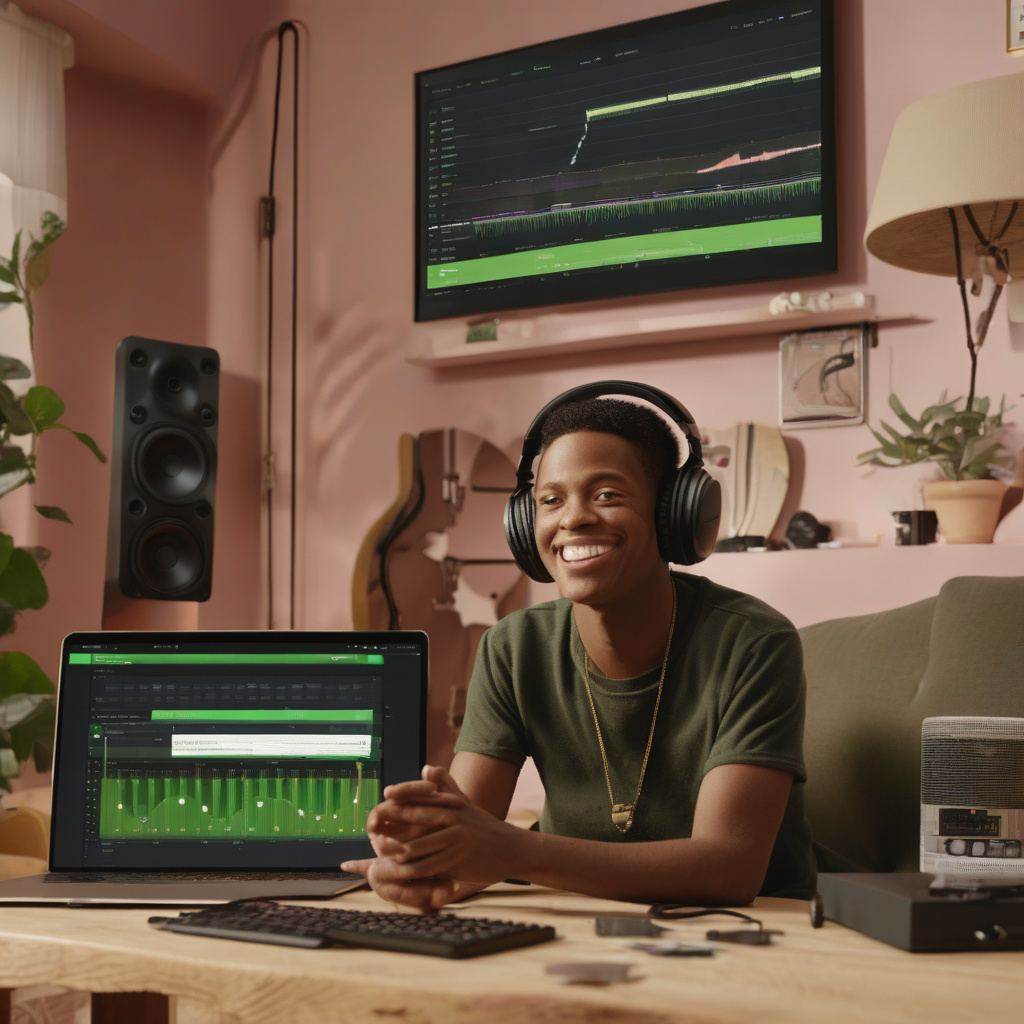Spotify’s Payouts: Navigating the Discord with Artists
Spotify, the powerhouse in the music streaming realm, recently unveiled its much-anticipated Loud & Clear report. This detailed breakdown of Spotify’s royalty payments aims to shed light on its financial contributions to the music industry. The report’s release follows Spotify’s announcement earlier this year that it disbursed a staggering $10 billion to artists and rights holders in 2024 alone. Despite this seemingly substantial figure, the music platform continues to face criticism from artists who claim that the payouts remain insufficient.
In the realm of digital music consumption, Spotify undeniably holds a dominant position. With millions of users globally, the platform serves as a launchpad for emerging artists while also providing established musicians with a means to reach vast audiences. However, the disparity between Spotify’s immense revenue and the relatively modest payouts to individual artists has sparked a contentious debate within the music community.
The Loud & Clear report represents Spotify’s attempt to address these ongoing concerns. By offering a comprehensive breakdown of its royalty payments, the company aims to showcase its commitment to transparency. Nevertheless, many artists remain unconvinced, arguing that the current payment model disproportionately benefits major labels and top-tier artists at the expense of smaller, independent musicians.
For instance, while Spotify claims to pay out approximately 52% of its revenue to rights holders, including record labels and distributors, the distribution of these funds across the music ecosystem remains a point of contention. Smaller artists often find themselves grappling with meager payouts, especially when compared to the earnings of chart-topping performers. This discrepancy underscores the need for a more equitable distribution of streaming revenues to support a diverse range of musicians.
In response to these criticisms, Spotify has outlined its efforts to enhance the visibility and discoverability of artists on its platform. Features like personalized playlists, algorithm-driven recommendations, and direct artist promotions aim to level the playing field and provide greater exposure to a broader spectrum of musical talent. However, the fundamental question of how these initiatives translate into tangible financial gains for artists lingers, prompting calls for a reevaluation of Spotify’s payment structures.
As the music industry continues to evolve in the digital age, the debate surrounding streaming royalties remains a focal point for artists, record labels, and streaming platforms alike. While Spotify’s Loud & Clear report signifies a step towards transparency, the discrepancy between the platform’s revenue and artists’ earnings underscores the need for ongoing dialogue and collaboration to ensure a fair and sustainable music ecosystem.
In conclusion, Spotify’s efforts to improve its payouts to artists are commendable, yet the discord within the music community highlights the complexity of balancing commercial success with artistic integrity. As discussions around streaming royalties persist, it is essential for all stakeholders to engage in constructive conversations aimed at fostering a more equitable and inclusive music industry. Only through collective efforts can the true potential of streaming platforms be realized, benefiting artists and listeners alike.

